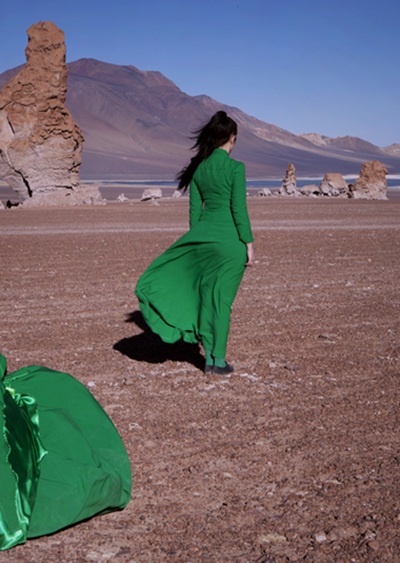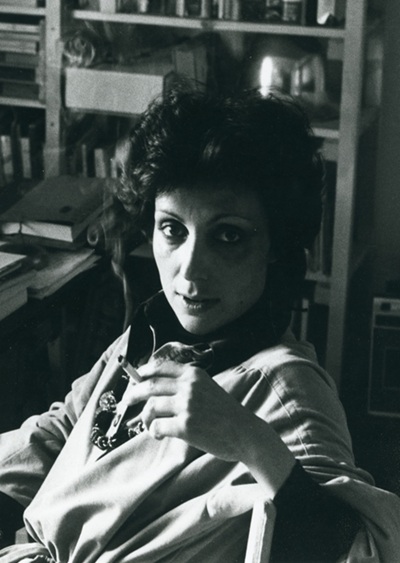
Yorgos Lazongas, conceptual artist and professor emeritus of the Athens School of Fine Arts, together with Thanasis Dapis, an important artist of the younger generation, will exhibit their works at Lola Nikolaou Gallery from 21 March.
As the curator of the exhibition, Professor of Art History Efthymis Lazongas, points out about Yorgos Lazongas: Lazongas always maintained that “The fragment is the whole”. In his visual idiom, the fragment carries the memory of the image of the whole, but remains as a record of the minimum as it avoids the chatter of narrative, listening to the silence and the poetry of the non finito. It is an allusion, allegory, and symbol playing between the imagination and the ineffable. In this sense, the fragment is the work, its origin and its generative core, at the same time documenting the permanent impossibility of the idea to be transferred unchanged into matter. The idea through the fragment remains a fragment, a fragmentary reminder of the whole, giving the image an enigmatic dimension. The fragment, posing the enigma, “neither tells nor hides but means”. By its very nature, it negotiates the idea of inexorable time, loss, memory, destruction. The very memory implied by the fragment also functions in a fragmentary way. Through the superimpositions of memories, the mechanisms of memory shatter the image of the whole, removing useless information and allowing only the fragments that contain the essential to surface. Culturally, we live through the traces of the past, we have in our luggage memories – fragments of accumulated images of older cultures that are constantly recreated and reconstructed each time in a new proposal.

For Thanasis Dapis the curator states: Without losing any of the innocence of childlike writing and thinking, Dapis attempts, with the unpretentious instinctive writing as a morphoplastic weapon, a new abstract narrative that tends to introduce multiple readings into his work. Colour, drawing and composition take centre stage. Dapis behind each drawing he formulates invents a personal visual alphabet through symbols, codes and concepts that are introduced in each work, thus challenging the viewer to feel his thoughts. He traces simple, archetypal symbols such as the sun and the moon, the house and the tree, the apple and the snake, flowers and animals, creating allusions and allegories. On the other hand, he expresses emotions, situations, weather phenomena, the coexistence of good and evil, life and death with colours, faces, shapes and letters. His colours themselves are pure, pure colours are also used as symbols serving the charm and dynamics of original writing, Thanasis Dapis’ art keeps the joy of life unchanged in it, winning the bet of the lost meaning of simplicity while keeping alive the primary feeling of the excitement of discovering the world when we were children.







Leave A Comment